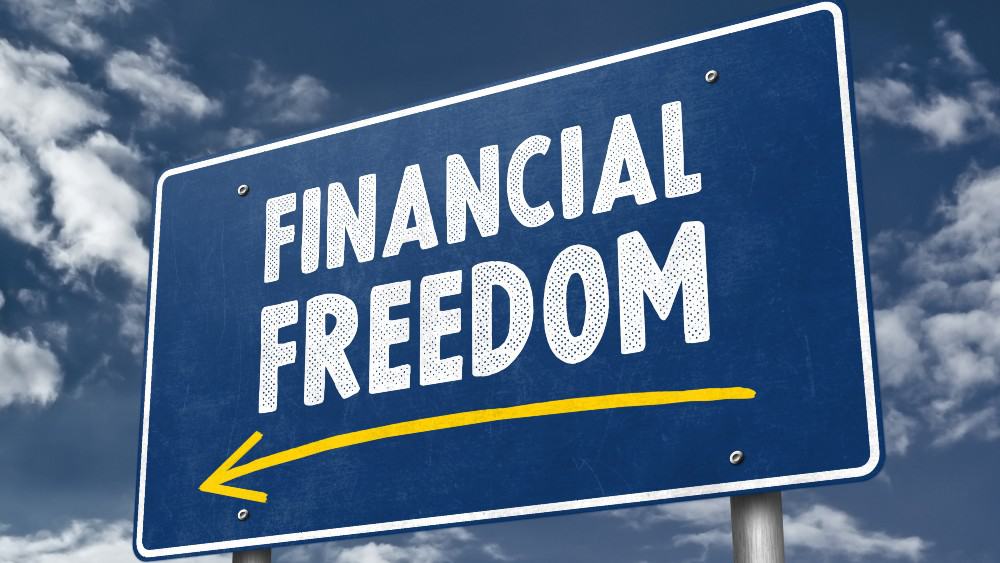It can be incredibly overwhelming to pay off debt. Who can afford to simply pay thousands in a short time? But as Warren Buffett has said, debt reduction should be everyone’s first priority. You may think by investing you’ll be making money, but that debt will linger, taking on larger and larger interest that you have to pay down eventually.
But it doesn’t have to be a stressful or even a highly costly process. While larger sums may take a bit longer than a year, if you have a couple thousand dollars in debt to pay down, there is one incredibly easy trick to pay it off by this time next year.
Break it down
Everything is far less overwhelming when you break it down into steps. Want to run a 10 km race? You wouldn’t just bolt out the door; you’d be bound to pull something. Instead, break it down into about 10 weeks before, starting with one km the first week, two km the next, three km after that, and so on. By the race, you’ll be ready to go!
The same applies to paying down debt. If you break it down into monthly or even weekly payments, it seems far more doable. Let’s look at some examples.
| Debt Amount | Monthly Payments | Weekly Payments |
| $1,000 | $83.33 | $19.23 |
| $2,000 | $166.67 | $38.46 |
| $5,000 | $416.67 | $96.15 |
| $10,000 | $833.33 | $192.30 |
| $15,000 | $1,250 | $288.46 |
As you can see, by simply breaking it down into monthly or weekly payments, suddenly your debt looks much more manageable! Even $15,000 is doable. If you broke it down further, putting aside $288.46 per week would equal $41.20 per day. If your family is eating out for dinner most nights, cutting that out alone would save you your debt payments!
What now?
So, now you’ve gotten into this habit of putting money aside; should you simply just stop? Heck no! Getting into this routine does a number of things. It gets you in the habit of setting aside money to fund your goals, be them retirement, a house, children, anything. It also can help create an emergency fund. You could max out your Tax-Free Savings Account (TFSA) in a couple of years by continuing this method of automatic payments.
Let’s say you have $5,000 to invest every year. I would then consider investing in strong dividend stocks that have a solid future of growth. One option I would consider today is Brookfield Renewable Partners (TSX:BEP.UN)(NYSE:BEP).
This renewable energy real estate investment trust owns clean energy assets around the world. You get a range of clean energy products in multiple countries, giving you a diverse portfolio in the process. The stock has seen strong growth at a compound annual growth rate (CAGR) of 23% in the last decade, and its 3.03% dividend yield has risen at a CAGR of 1.37% during that time. As of writing, $5,000 would bring in $148.33 in dividends each year.
Bottom line
So, now, not only have you paid off your debt, but you’re making a lot of money now and in the future. If you were to add $5,000 each year and reinvest dividends with Brookfield Renewable, in the next decade, your portfolio could be worth $228,871.71 at these same rates!










